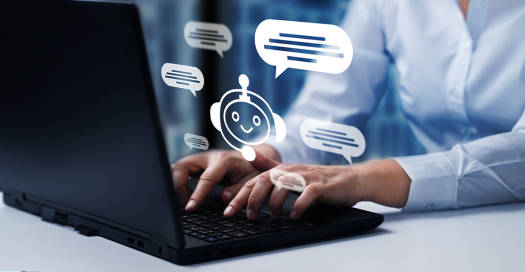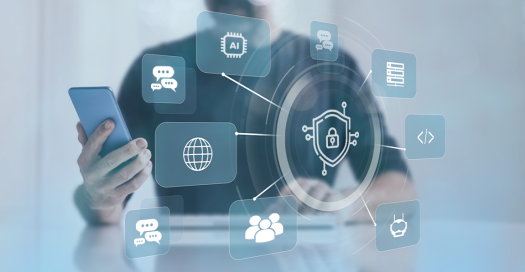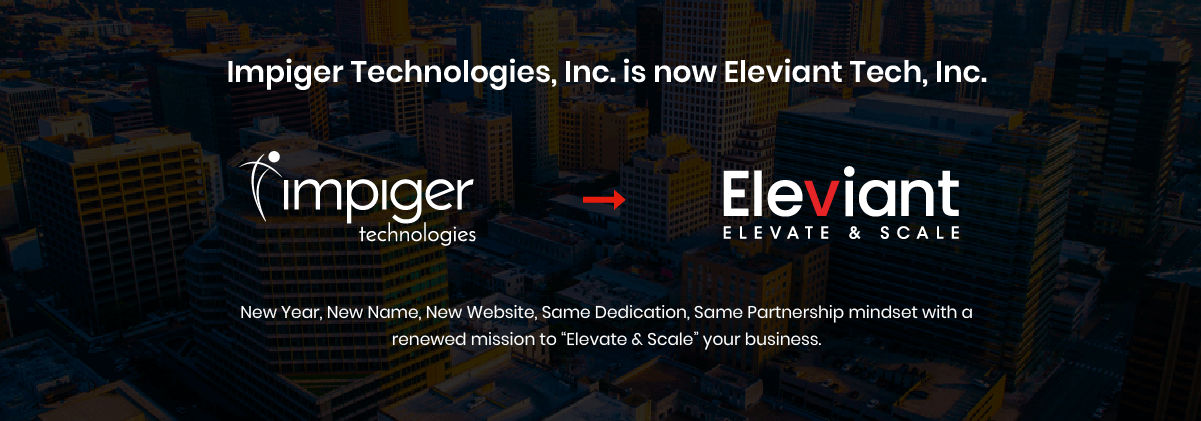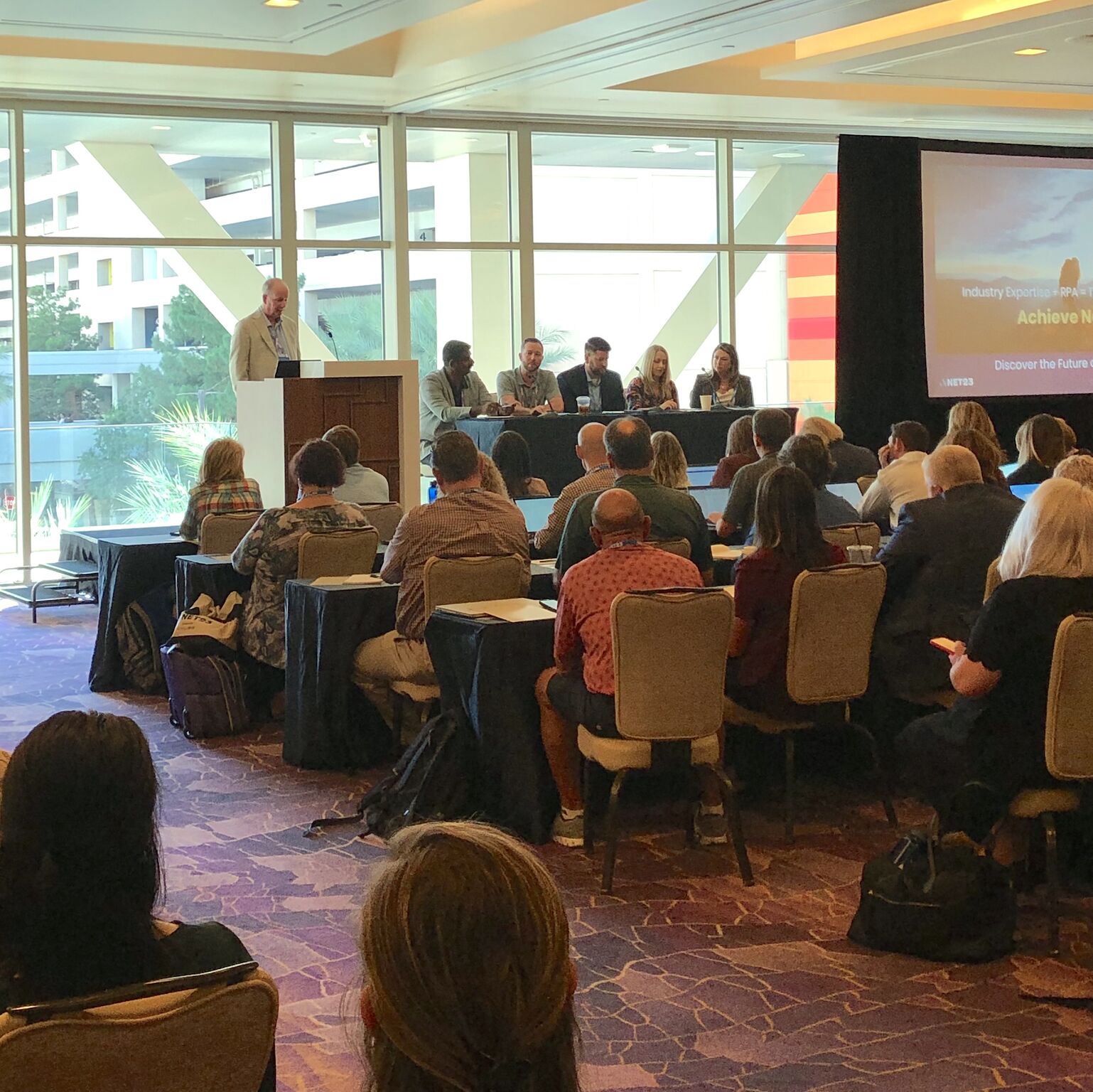Eleviant is to Elevate & Scale. Eleviant Tech symbolizes business transformation and reinforces our mission to help clients elevate and scale their business.
5 Best Practices for Chatbot Maintenance and Optimization
August 30, 2021

Chatbots can easily get outdated as new innovations, demands, and content are always around the corner. Hence, you must ensure your chatbot can adapt to these changes. Investing for a chatbot maintenance cost is crucial to remain competitive in the market.
According to a report by Oracle, 76% of businesses have started implementing chatbots in their customer service operations. But implementation goes hand in hand with maintenance. Before you commit to leveraging a chatbot in your business, you must also know how to keep it optimized for the long haul.
With that, here are some of the best practices for chatbot maintenance and optimization to keep in mind.
1. Update protocols and responses
A chatbot development process is a never-ending cycle of monitoring, updating, and testing until it is ready to be deployed. And even when you think it’s finally polished, it still needs your attention from time to time. You must feed it new information every now and then to increase its intelligence and grow alongside customers’ expectations. You can do this by:
- updating its FAQ (frequent answered questions) database
- programming more responses, interactions, and reactions
- improving personality
- adding more access points
Now, you might think that this involves too much work. Fortunately, there are AI-powered chatbots with machine learning (ML), natural language processing (NLP), and sentiment analysis that make it easier for your chatbot to automatically adopt new behaviors and responses based on past interactions with customers. This way, it can grow on its own with little to no interference from you.
2. Monitor user interactions
Monitoring is yet another essential part of your chatbot development life cycle. In this phase, you review your chatbot’s interactions with customers and analyze customer feedback. This will give you an idea of how well it performs and what areas it needs to improve on.
You need to consider several factors when evaluating your chatbot’s performance. For one, identify common reasons why customers tend to disconnect from the conversation with your chatbot. You should also look for instances where your chatbot fail to satisfy your customers’ need such as:
- questions your chatbots fail to answer
- misinterpreted or new words not in their vocabulary and
- misunderstood emotions/sentiments from customers
3. Provide human-based support
Chatbots can have their own limitations. After all, it can only be as good as how you program it to be. If something new comes up that goes beyond its programming, you should have agents available to take over.
Having human-based support for your chatbots ensures you can still fully accommodate your customers’ needs even when your chatbots are out of commission. Live agents can take over conversations which your chatbot struggles to accommodate. This gives your chatbot time to process new concepts, behaviors, and information to overcome similar issues in the future.
Likewise, consider hiring experts who can quickly come to your chatbot’s aid in case of technical issues or difficulties. For example, hiring an expert with an online masters in data science can help improve your chatbot’s programming and machine learning to make sure it is always optimized. You can also partner with reputable service providers who can offer technical support along the way.
4. Leverage data and analytics
Your chatbot can be a great repository of data for your business. It mines insights on customer behavior and preferences, sales, site traffic, and more. In turn, you can use this data to improve your chatbot development framework.
AI-powered chatbots have robust data and analytics features to help you leverage valuable insights in your business. Through its machine learning abilities, it can automatically extract and analyze data from past interactions with customers.
5. Integrate where you can
Through integrations, you can enhance your chatbots’ content and capabilities. It gives you access to more functions and tools beyond what your chatbot is offering. As a result, it transforms into a tool that can advance your business.
You can integrate your chatbot into your customer relationship management (CRM) software, helpdesk software, and ticketing system. Likewise, you can incorporate it into your website, communication channels, or social media platforms.
For example, someone sees your ad on Facebook. Interested, they click on it, and it redirects them to Messenger. Your chatbot is instantly there to greet them and offer their assistance. It can answer questions, provider recommendations, and ask for their feedback. And if your chatbot is integrated with softwares like your lead management or CRM, your chatbot can seamlessly export data based on its interaction with your prospect to those solutions.
Taking care of your chatbots
Leveraging chatbots is one of the most effective strategies to improve your customer service. It provides accessible support for customers and reduces their waiting time. Likewise, it can help you save up on time and cost in the process.
But keep in mind that chatbots need your attention too. With new customer demands and technological innovations always around the corner, you must optimize your chatbot to be able to adapt to such changes. Keep it well-maintained by implementing these best practices into your operations.
And if you are ready to launch a powerful chatbot for your business, maybe you should look at vChat.
Get in touch with our Digital consultants to Elevate & Scale your business
Free ConsultationReady to get interesting insights of Eleviant? Subscribe to our Newsletter
SubscribeRelated Posts
Digital Transformation
Emerging Tech
vChat
How to Protect Against Chatbot Abuse
Get in touch with our Digital consultants to Elevate & Scale your business
Free ConsultationReady to get interesting insights of Eleviant? Subscribe to our Newsletter
Subscribe
















































